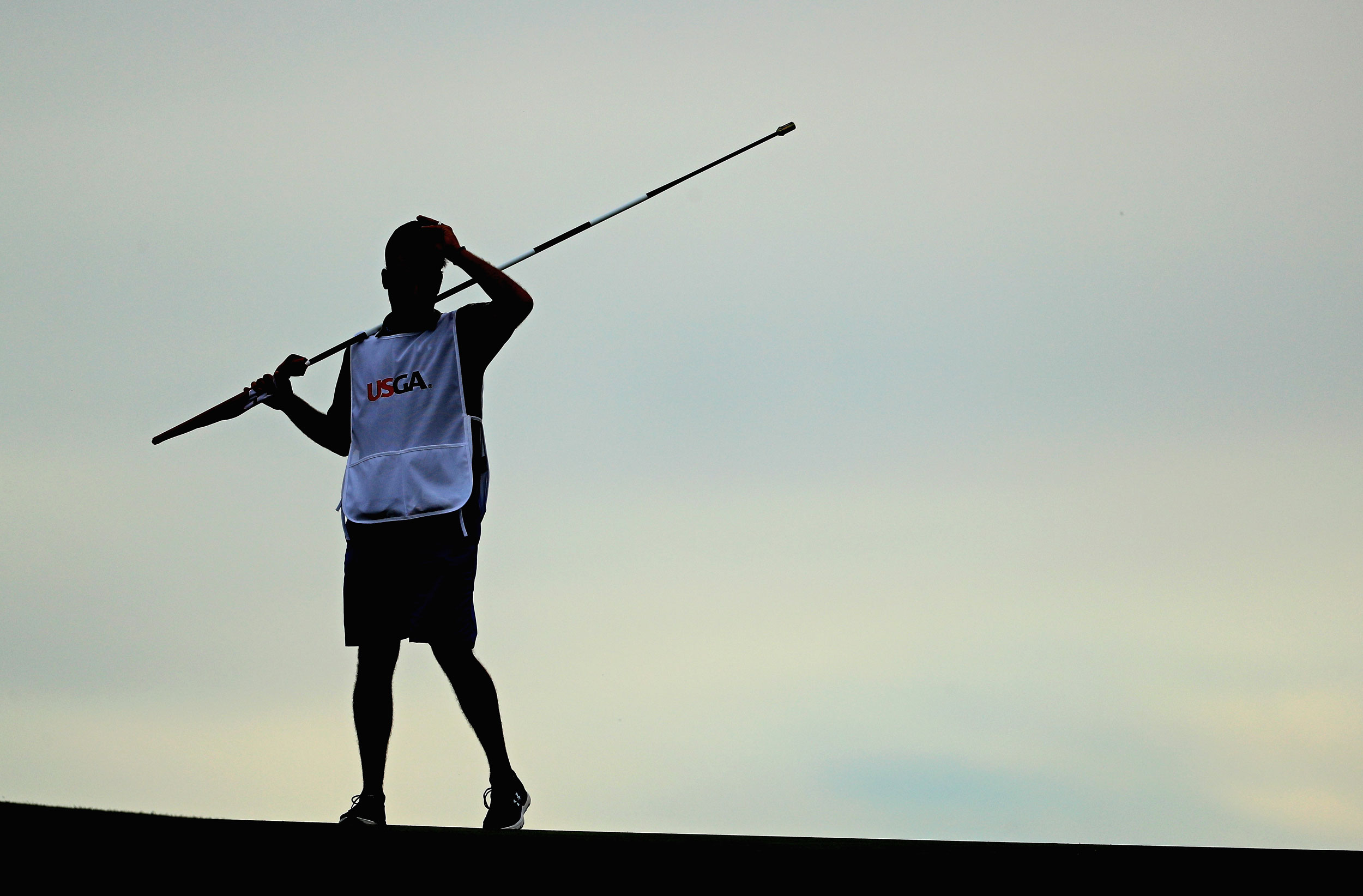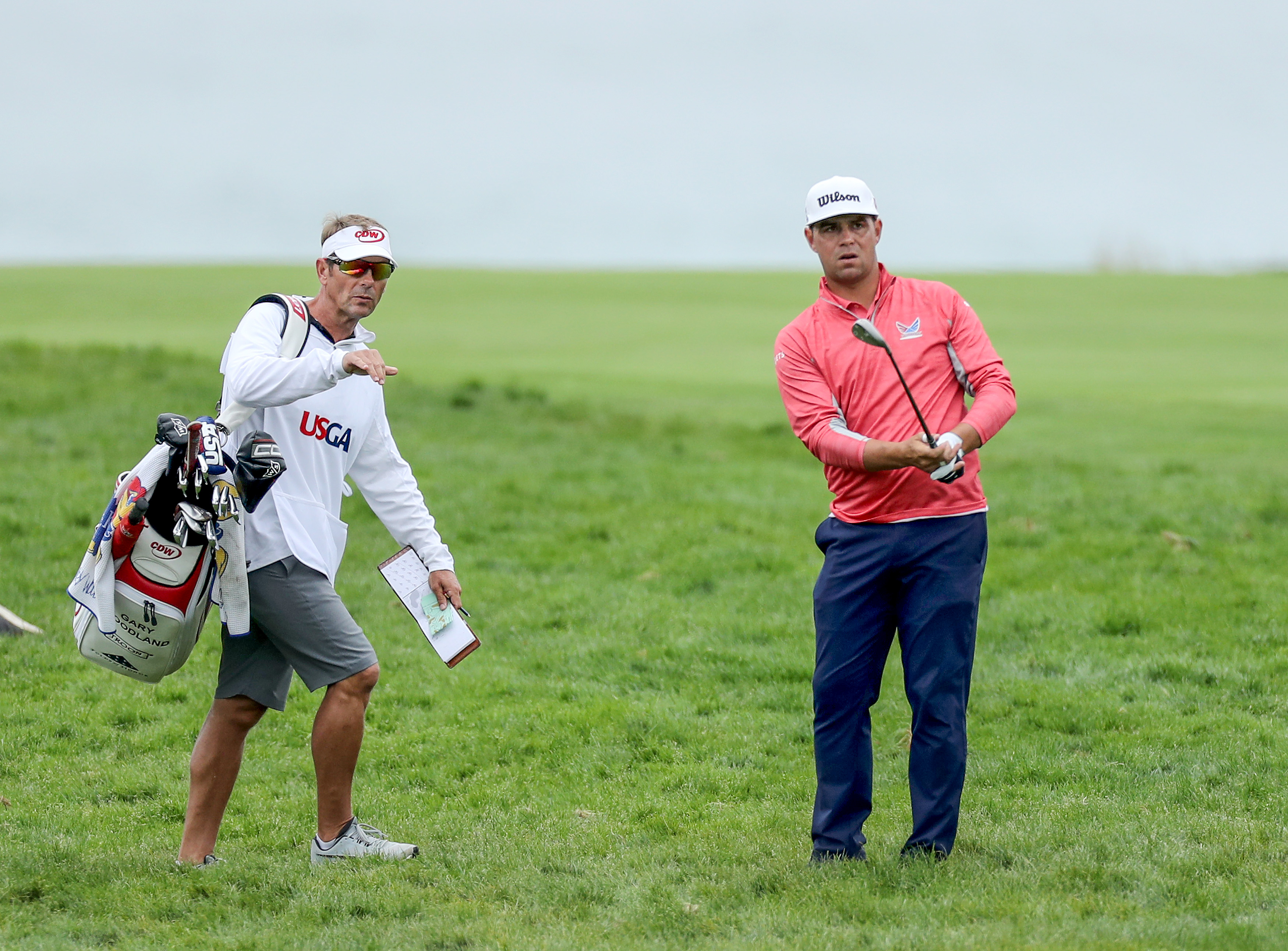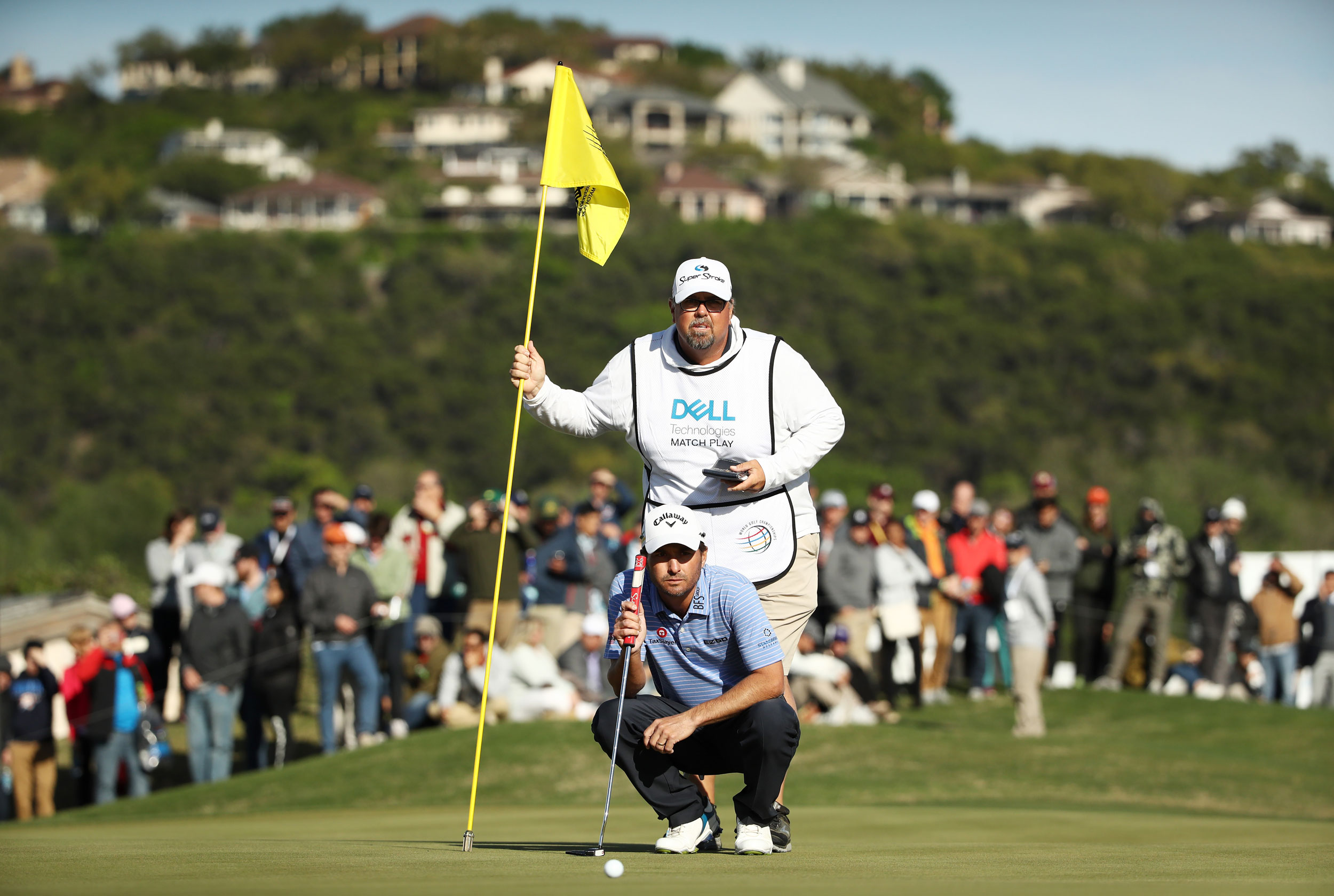The Life Of A PGA Tour Caddie – 'Some Players Can Drive You To Drink’
The life of a PGA Tour caddie – Garrett Johnson speaks to four of the game's most respected bagmen to find out more about sport's most unique job


Life of a PGA Tour caddie – 'Some players drive us to drink'
The job of a professional caddie may appear glamorous at times and demanding at others. These travelling freelancers have the potential to make a lot of money in a short amount of time, but can also face some major dry spells depending on their player’s form.
Tony Finau’s caddie, Mark Urbanek, believes the job of caddying often comes down to making the best educated guesses that you can. How is the wind going to affect the shot? How will the ball bounce on the green? How much will the putt break?
Urbanek has caddied for 17 years and joins this caddie discussion with Gary Woodland’s bagman, Brennan Little (23 years’ experience), Duane Bock (Kevin Kisner, 17 years’ experience) and Michael Bestor (Kevin Streelman, 22 years’ experience).

Brennan Little on the bag for Gary Woodland
What’s the best part of caddying?
Little: The competition. If you can’t play golf at the highest level, if you’re a caddie at least you can get those competitive juices flowing. It is hard to get the juices flowing when you’re working a desk job, but I think being in the mix and trying to help somebody win – just that adrenaline and competitiveness is awesome.
Bock: It’s the competition. Being in the mix and having that opportunity to win and be a part of something exciting.
Bestor: I think it’s being in different locations instead of an office and making a good amount of money in a short amount of time. I’m not a people person, but you really only have to get along with one person instead of a team of people at a desk job.
Subscribe to the Golf Monthly newsletter to stay up to date with all the latest tour news, equipment news, reviews, head-to-heads and buyer’s guides from our team of experienced experts.
Urbanek: As a sports and golf fan, it’s awesome being right there for some incredible moments – some of them include my player and some include the players we are paired with.
What’s the worst thing?
Little: You live two lives: your life at home with family and friends and then on the road with different friends. It can be a positive, but also a negative.
Bock: Definitely being away from home. You’ll be on the road for 30-something weeks of the year and that’s tough on the kids.
Bestor: It’s the greatest job in the world when your boss is playing well and you get along with them; it’s one of the worst jobs if you don’t like your boss. A lot of us guys would drink every night because our bosses made us so miserable.

Right behind you: Duane Bock with Kevin Kisner
When your player’s in the hunt, how do you produce your best caddying?
Little: You want to try and keep things as calm as possible for your player. One thing you don’t want to do is think too much. Be committed, pick a club and commit to the shot.
Bestor: Really be in the moment. Get over a short missed putt and leave that in the past. Maybe start asking the player some questions like “where’s the wind?” Get them in the moment. It’s really just plodding along and trying to stay in the moment.
Urbanek: You have to keep reminding yourself to slow things down. No matter what’s going through your mind, you have to imagine that it’s ten times quicker in your player’s head. You have to just try and be as calm as you can.
How hard is it to step in when your player is making a mistake?
Little: Not hard at all. If I think he’s doing something wrong, I’ve never had a problem saying “I don’t like it”. As long as you have given him the options.
Bock: I’ve been working for Kisner for 12 years and we have a pretty solid process. He values my opinion. We’re in this together; I’m never going to give him information that I don’t think is right and if I disagree with a certain way of thinking that he has, I’m going to step in.
Bestor: You’ve got to pick your places. You don’t want to argue about a couple of inches of break over a 30-footer, but if it means making or missing a four- or five-footer then I feel very comfortable stepping in.
Urbanek: I don’t think it’s hard to say something and when there’s a chance of an error, yeah it’s hard but that is this game. Bogeys you can overcome pretty quickly but doubles and big numbers not so much. I remember Fluff Cowan saying to me one time about his job: “Just don’t let your man make a double.” Sounds simple, but it’s very true.

Brennan Little
What’s been the best moment?
Little: The wins with Mike Weir at The Masters and Gary Woodland at the US Open. I would also say the Greater Vancouver Open in 1999 with Mike, because I grew up with him.
Bock: The 2017 Presidents Cup. We were paired with Phil [Mickelson] in three matches and I learned a lot from him. As we got ready for our first match, Phil came up to me and said: “I want us all to walk together to the first tee, because when these guys turn around and look at us, they’re going to see all four of us together. They need to know they need to beat all four of us and not just one or two of us.”
Bestor: Probably getting my first win with Dean Wilson in 2006 [at The International]. It was his first and only win. It felt so good.
Urbanek: My player, James Hahn, beat DJ [Dustin Johnson and Paul Casey] at Riviera in a play-off in 2015. It was the biggest moment for me because it took ten years of hard work.
What’s been the most awkward moment?
Little: The worst for me was in 1999 at Carnoustie, on the 6th hole with Mike Weir. There was a burn before the green and I forgot it was there. Mike hit one in there and made double- bogey – and there is no worse feeling than when a player hits into something that you didn’t realise was there.
Bock: I remember once in China, I subtracted instead of adding to the yardage on a particular shot. I was seven yards off with a pitching wedge and his ball rolls 40 yards from the pin to an impossible place. My player was like, “I know I hit that 103 yards”. My response was, “Yell at me, be mad, be pissed off – but believe me, you’re not going to be any more mad than I am”.
Bestor: At TPC Avenel, the 17th is a par 3 over water. I was working for Geoff Ogilvy and he had a chance to win. He had a 6-iron and I said: “I think it’s just a solid 7-iron to the middle of the green”. He went with a 7-iron and left it out to the right and it went in the water. I wanted to dig a hole in the tee box and bury myself.
Who are the best players to be grouped with?
Little: I love playing with Pat Perez and also Kevin Kisner. Perez is just fun and entertaining. He keeps it loose and is always talking.
Bestor: I’ve always liked Tiger to be honest. But there are some pairings where you don’t even want your player talking to another player because the energy is so negative.

Garrett Johnston is a golf reporter and presenter who’s covered pro golf for 12 years including over 30 majors. His goal each year is always to “grow with the rookies” on Tour. The idea is to get to know the superstars before they become household names. Tony Finau, Gary Woodland, and Patrick Reed are just some of the players Johnston has covered from their early pro careers for their hometown newspapers. Johnston’s favorite event is always The Open, and he credits his unforgettable experience covering the 2015 Open at St. Andrews where he got to interview Tom Watson (in his final Open) and winner Zach Johnson exclusively throughout the week as his favorite event so far. Johnston has also developed a strong rapport with Tour caddies and regularly contributes to Caddie Network and Golf.com. He also has his own podcast: Beyond The Clubhouse